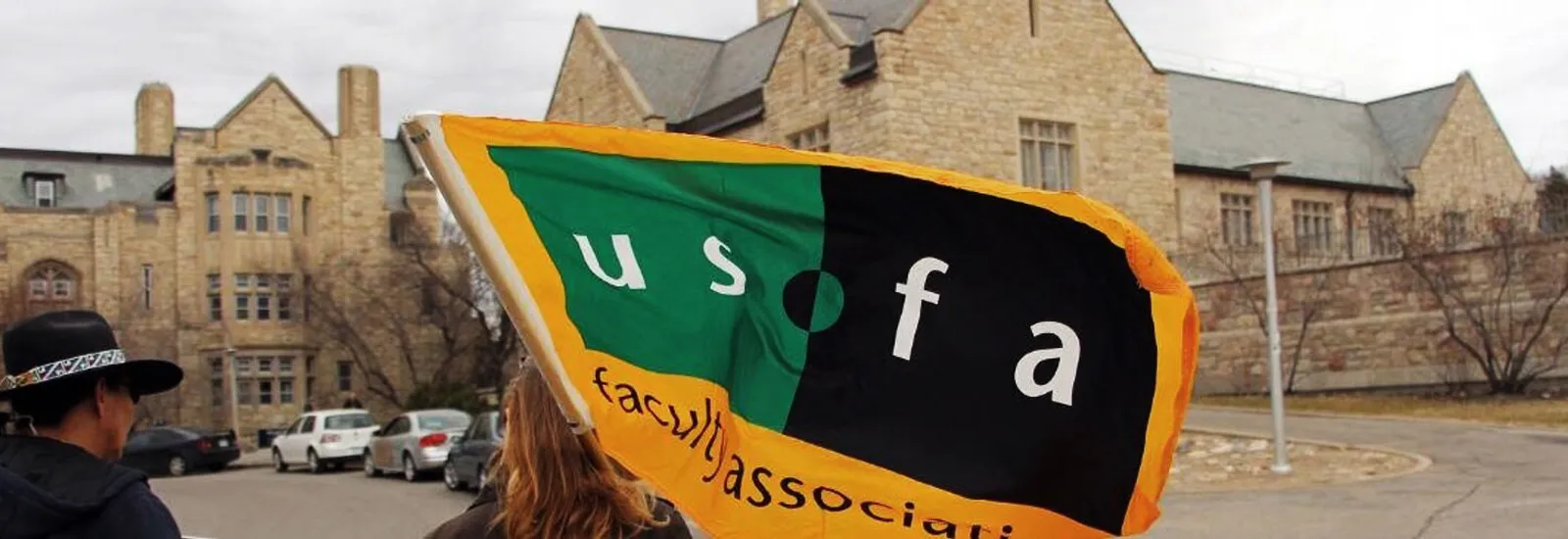
Academic employees at the U of S are appointed into the following ranks: Professor, Associate Professor, Assistant Professor, Lecturer, Instructor, Special Lecturer, and Librarian I, II, III or IV. These ranks may be designated part-time, visiting, adjunct or clinical.
A new designation was created with the 2010-13 Collective Agreement. Academic employees may now be appointed to the rank of Assistant or Associate Professor with an Academic Programming (AP) designation. A designation such as this would be used, for example, when a department appoints someone with different credentials to instruct advanced technical information that can only be gained from years of intense real-world experience. This might be legal, medical, commercial or technical knowledge that a “regular” academic employee could only master by abandoning a research publication program. Academic units must have standards in order to have AP faculty.
With the exception of Instructor and Special Lecturer, all of these ranks are tenurable.
There are four types of appointment. They are for a limited term, without term, probationary and with tenure.
A faculty member or librarian in a probationary or tenured appointment may be granted an Associate Membership for a limited term, normally three to five years, in a department or non-departmentalized college other than the one to which they have been appointed. The purpose of an Associate Membership includes supervision of graduate students, course delivery, or clinical, research or extension activities in the secondary unit.
A covering agreement is created to establish an Associate Membership. The agreement sets out the nature and extent of involvement in the secondary unit. Work done in a secondary unit must be taken into consideration in the assignment of duties, renewal of probation, tenure, promotion and salary review.
Sometimes called a joint appointment, a joint membership is similar to an associate membership except that it
“reflects an active and substantial involvement of an employee in the academic activities in more than one unit”
and
“a primary characteristic of a joint appointment is the assignment of duties by both the primary and secondary units.”
A joint membership may be made at the time of appointment to a faculty position. In this situation the letter of appointment
“shall state the extent of the duties that will be assigned in each unit.”
When a joint appointment is established, a covering agreement is created that sets out details about the joint appointment. It covers everything from the unit in which tenure is held to mechanisms to ensure fairness in assignment of duties and assessment through collegial processes. The agreement sets out the extent of participation in committees in the secondary unit and mechanisms for ongoing consultation between heads of academic units so problems can be addressed. It also sets out mechanisms to resolve disagreements that may arise. You may request that a USFA representative assist in drafting the covering agreement. We would encourage you to seek that assistance.
A Joint member cannot participate in collegial processes set out in the Collective Agreement in the secondary unit unless co-opted as described in Articles 13.5.1, 14.2, 15.9.1, 15.9.2, 16.3.1 and 16.3.2.
The short answer is yes. Because an associate membership is for a fixed length of time, the usual practice is to let it expire and not seek a renewal. The same applies if a joint membership is for a fixed length of time.
Where a joint membership is created at the time of appointment, it remains in effect until the joint member, either department head or the dean applies to terminate the agreement.